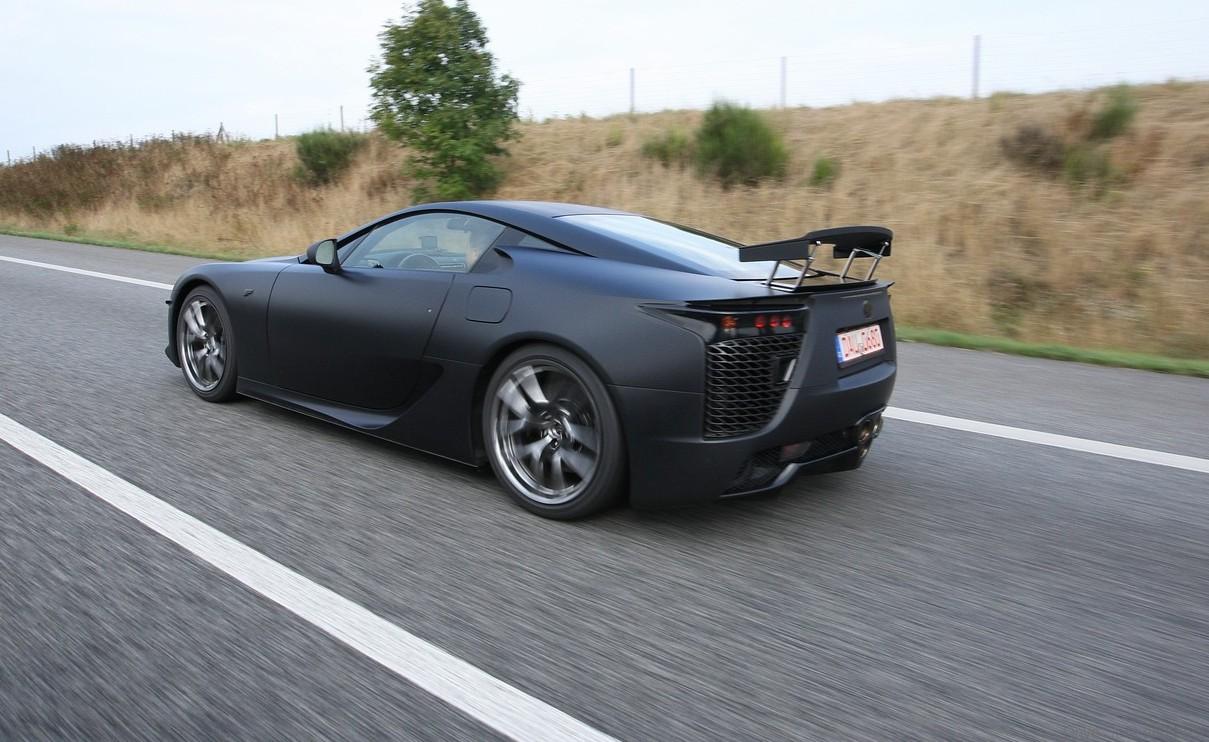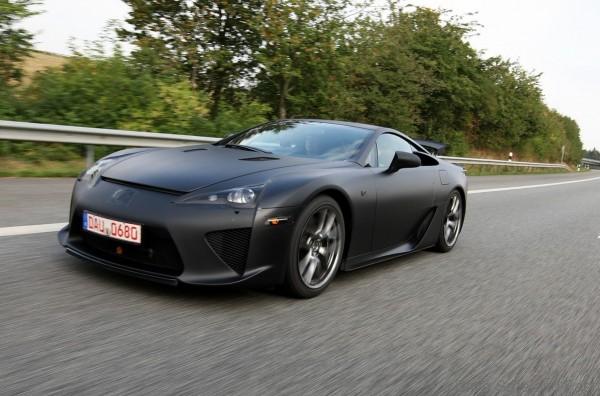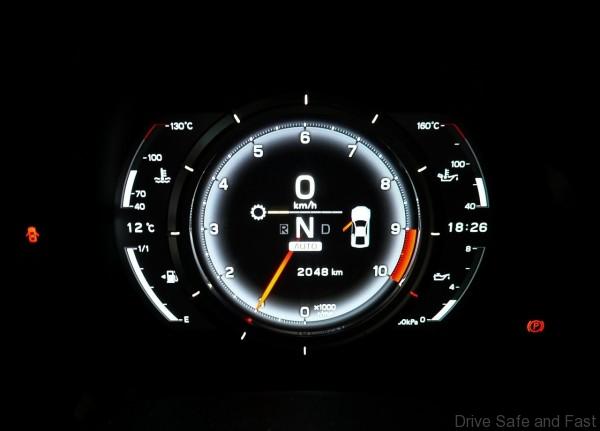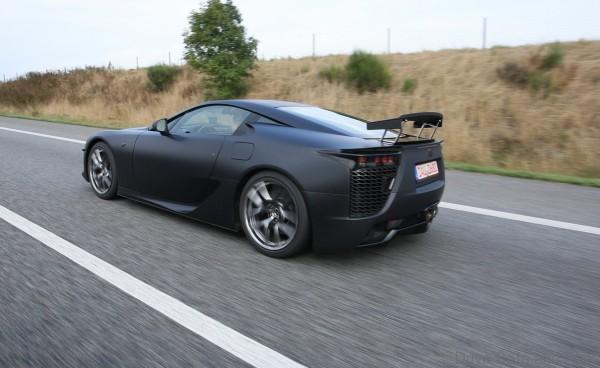Lexus made just 500 examples of the first-gen LFA and the car was important to the company as it motivated engineers and improved the brand’s overall reputation. More importantly, it also gave Toyota a product that could compete on an international scale, up against vehicles from Ferrari, Porsche and even Lamborghini.
Specific details on the new LFA haven’t been revealed, but as a reminder, the first LFA has a bespoke V10 engine that sets new automotive standards for compact dimensions, lightweight architecture and scintillating performance. From the outset, Tanahashi-san and his engineers determined the LFA’s front mid-mounted powerplant would have a 4805cc capacity, would develop 560 DIN hp (LFA Nürburgring package: 571 DIN hp) and rev to a wailing 9,000rpm redline.
The V10 powerplant generated 480Nm of torque at 7,000rpm. The application of intelligent VVT-i variable valve timing on both intake and exhaust combined with equal length exhaust manifolds and high-volume 12-hole fuel injectors results in 90% of this formidable torque being available between 3,700rpm and the 9,000rpm red line, for searing in-gear acceleration at any engine speed and in any gear. The result was a 0-100km/h time of just 3.7 seconds and a top speed of 325km/h – exhilarating performance from a bone fide supercar.
With a low 1480kg kerb weight achieved by the extensive use of lightweight Carbon Fibre Reinforced Plastic (CFRP) for the chassis and bodywork the LFA stepped into the supercar arena with a heady power to weight ratio of 378DIN hp (LFA Nürburgring package: 386DIN hp) per tonne. The combination of a high, 12:1 compression ratio, low friction internals and optimised intake and exhaust flow results in the LFA’s powerplant developing an exceptional 117DIN hp (LFA Nürburgring package: 119DIN hp) per litre, one of the highest specific outputs amongst the current crop of supercars.
It also showcased a fully digital instrument cluster, which was one of the first of its kind in the supercar segment, and a precursor to the systems used in the latest IS and NX. Plenty of other technologies from the LFA have also trickled down into the company’s more regular models.
For the next LFA, expect everything to be turned up a notch with even more advanced technology and higher output figures.







